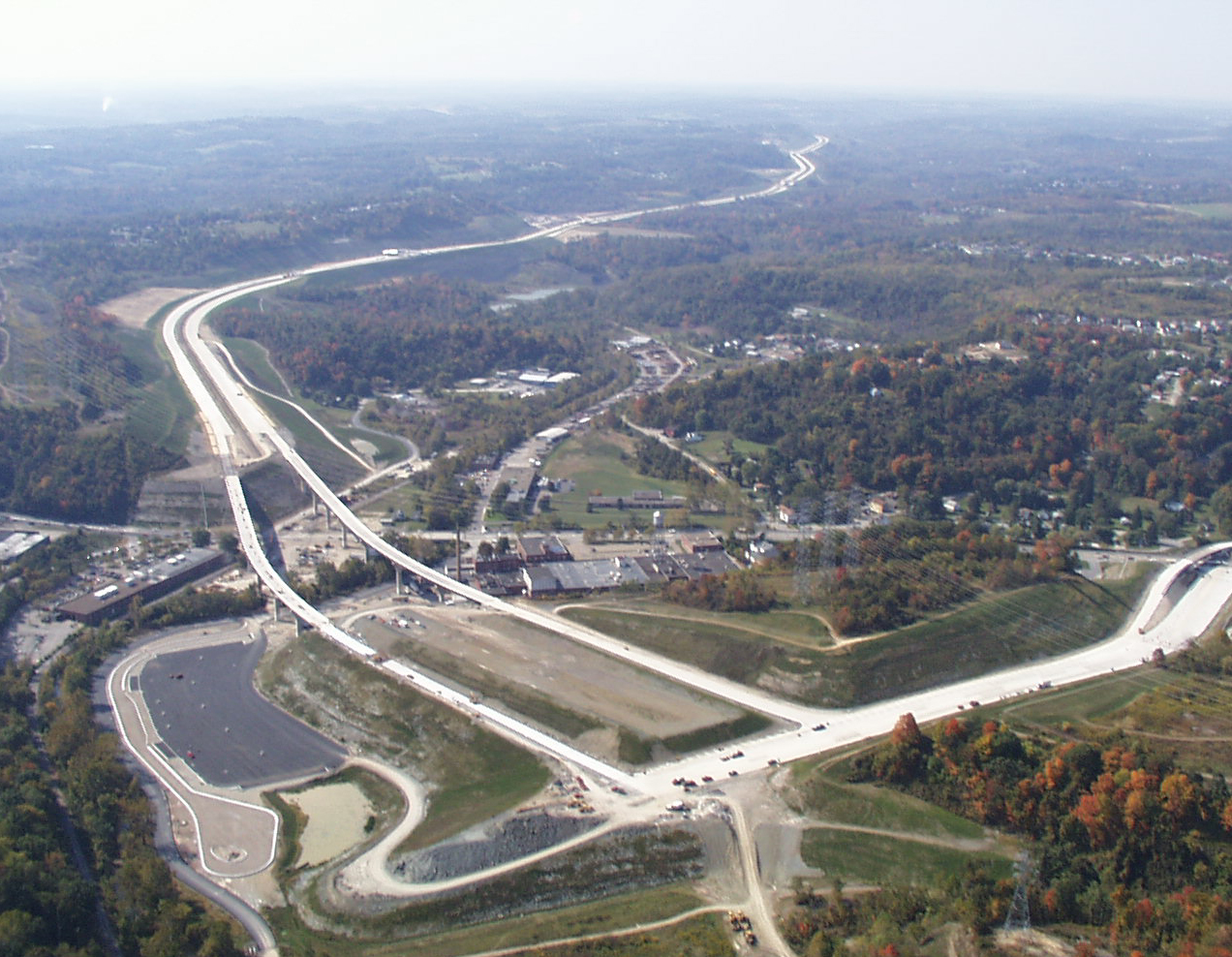The problems facing Rust Belt cities sure are a magnet for easy answers.
We saw it during the presidential campaign, with Donald Trump's empty promises to revive the coal and steel industries. Whether it's convention centers, tourist attractions, or big factory relocations, the idea that an outside savior is right around the corner continues to seduce regions that have experienced economic upheaval.
One of those silver bullets is the highway megaproject. Two recent reports from U.S. PIRG have called out these boondoggles for throwing public money down the drain. At the Frontier Group, Tony Dutzik writes that Rust Belt regions should know better by now:
But does highway expansion actually create long-term economic value? There is a lot riding on the question for the Rust Belt. Our two “Highway Boondoggles” reports (a third is due out next month) have included a surprising number of projects in and around Rust Belt cities: the $331 million “Opportunity Corridor” highway in Cleveland; the proposed $2.7 billion widening of I-94 through the heart of Detroit, a $429 million bypass now under construction around the southern Ohio city of Portsmouth, and the proposed $2.1 billion Mon-Fayette Expressway through the “Steel Valley” outside Pittsburgh.
Economists generally believe that construction of the Interstate Highway System did increase economic productivity in the decades after World War II. But evidence has mounted that the economic boost from highway construction was a one-shot deal, and that we have long since entered the era of diminishing returns. The main effect of present-day highway construction, it is now believed, is to redistribute economic activity -- from city centers to new-build suburbs or from one town to another – not create it. In a region like western Pennsylvania, which has been hanging on by its economic fingernails for decades, spending more than $2 billion on a road like the Mon-Fayette Expressway would likely result in simply redirecting economic activity from one location in the region to another.
Now, if you are a business leader or a mayor in a struggling, formerly industrial town, that may still sound pretty OK -- except for two things. The first is that highway construction often undermines the existing working economic assets of a community. Evidence for this comes from the federal government’s half century-long (and counting) experiment with using highway construction as a vehicle for economic development in Appalachia. A 2012 study of those efforts by the Appalachian Regional Commission and researchers at the University of Tennessee found that:
“Although transportation-focused efforts encourage business development in some areas, they often have a negative impact on the vitality of downtown areas, existing business districts and adjacent neighborhoods. While better roads improve access and can reduce isolation, they cannot by themselves transform failing schools or resolve long-standing community conflicts.”
The second problem is that highway construction comes with a heavy opportunity cost. Money spent on highways may not be immediately transferrable to other purposes, but the increasing amount of general fund money now being funneled into highways in the United States is money that could clearly be spent on other, more pressing needs. Most Rust Belt metropolitan areas have been stagnating in population for decades, with levels of traffic congestion that may be annoying but are unlikely to get much worse. Meanwhile, crises in education, housing, opioid addiction, the fiscal viability of local governments, and the basic maintenance of streets and other public infrastructure cry out for resources and attention.
There is good news in western Pennsylvania, says Dutzik, where regional leaders are questioning the wisdom of the Mon-Fayette Expressway, and the project has been put on hold. Can policy makers pivot to targeted, smaller-scale, and more effective solutions to the problems they're facing?
More recommended reading today: Human Transit points out a major problem with Redfin's recent analysis of how transit access affects housing values. And Sightline offers an excellent explanation of how parking requirements make rents higher.





